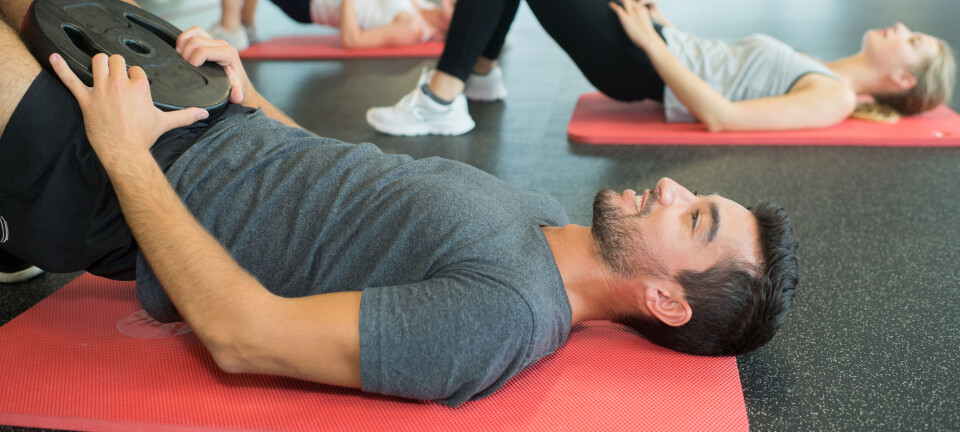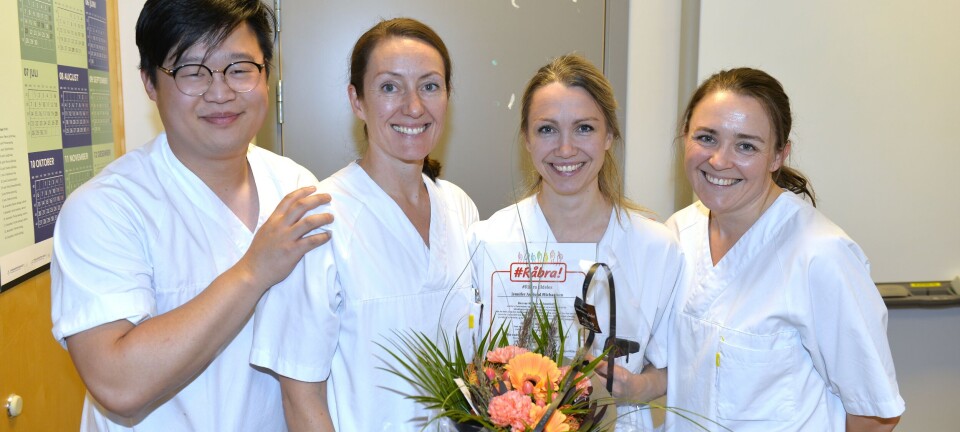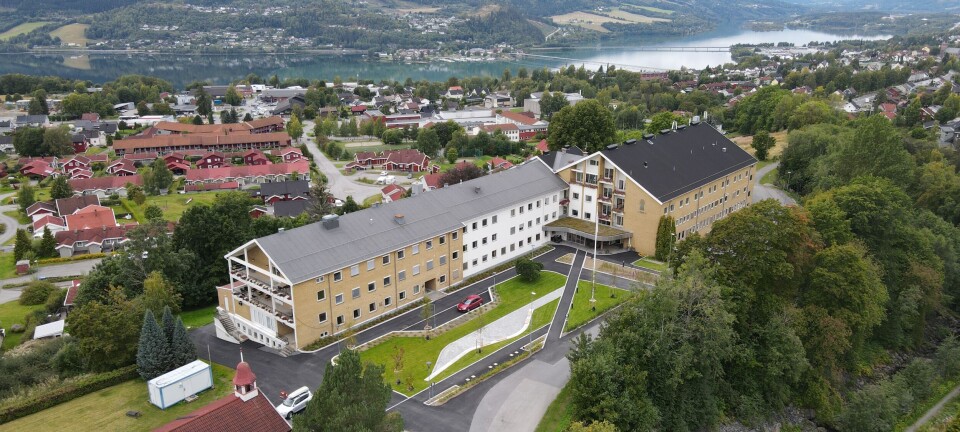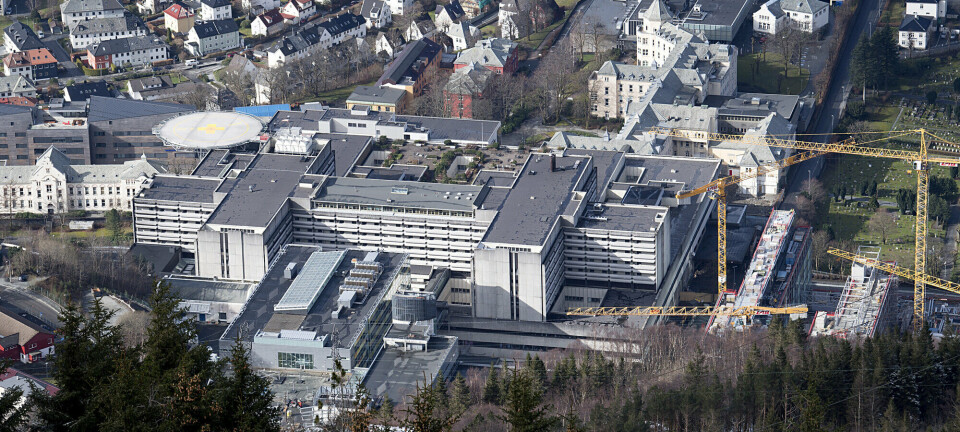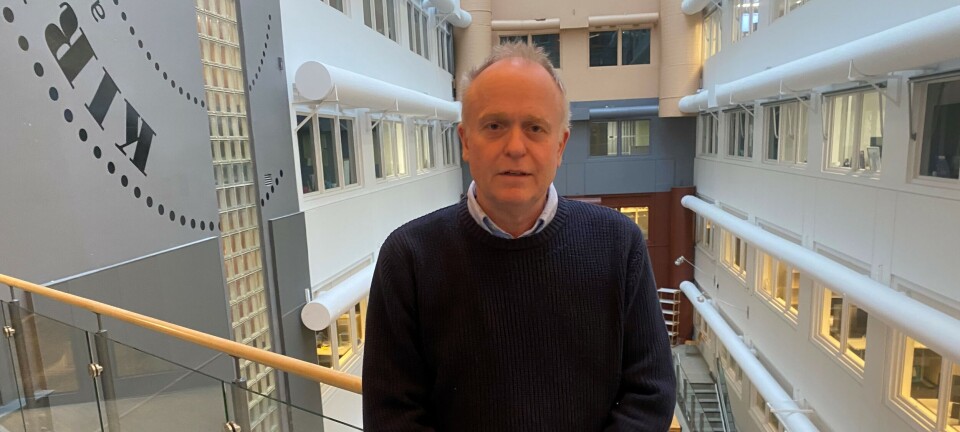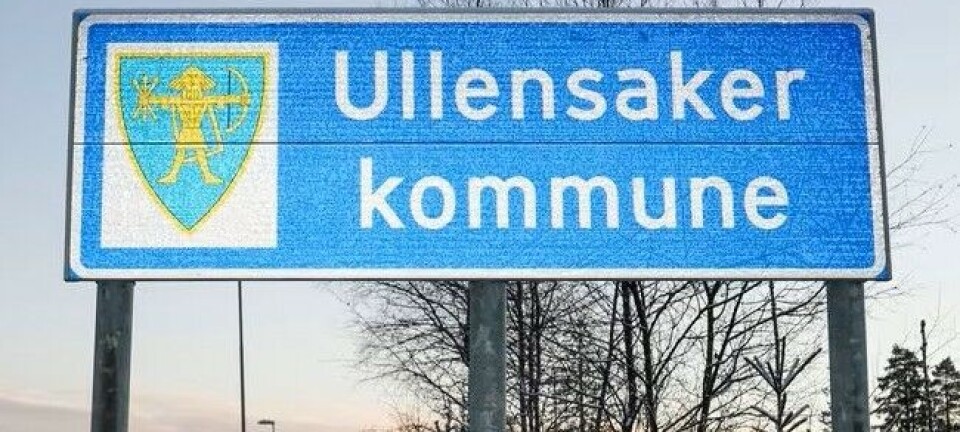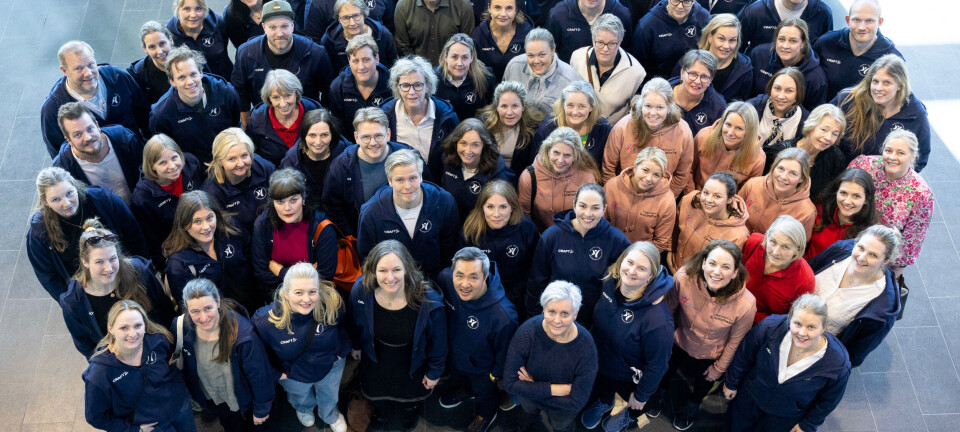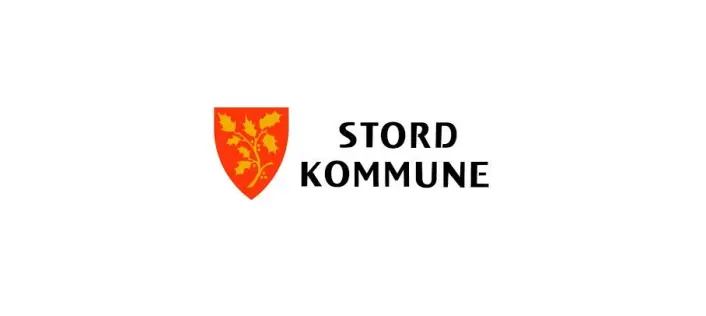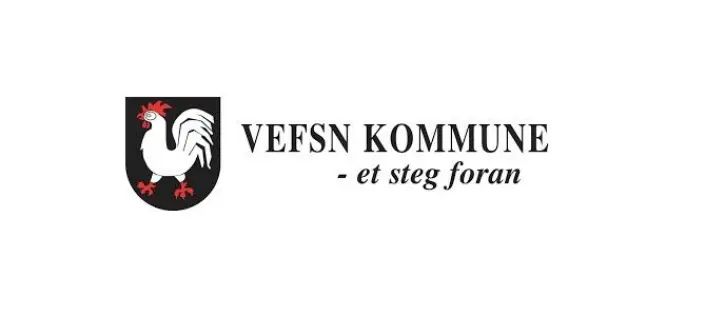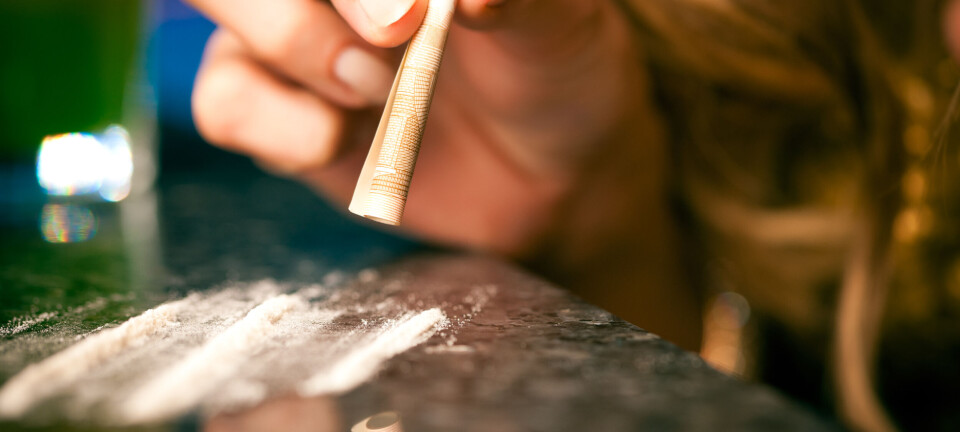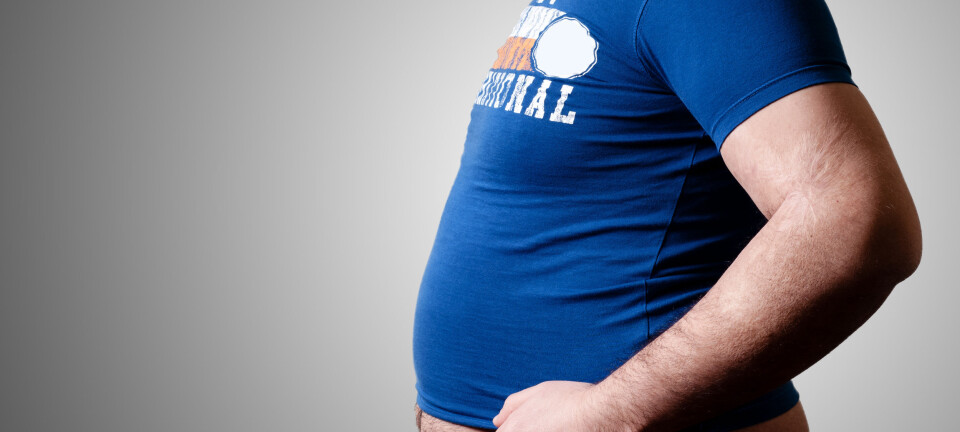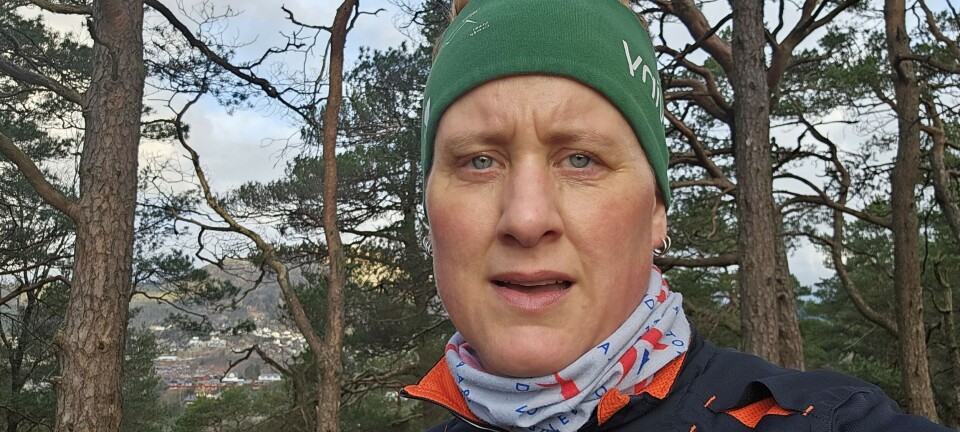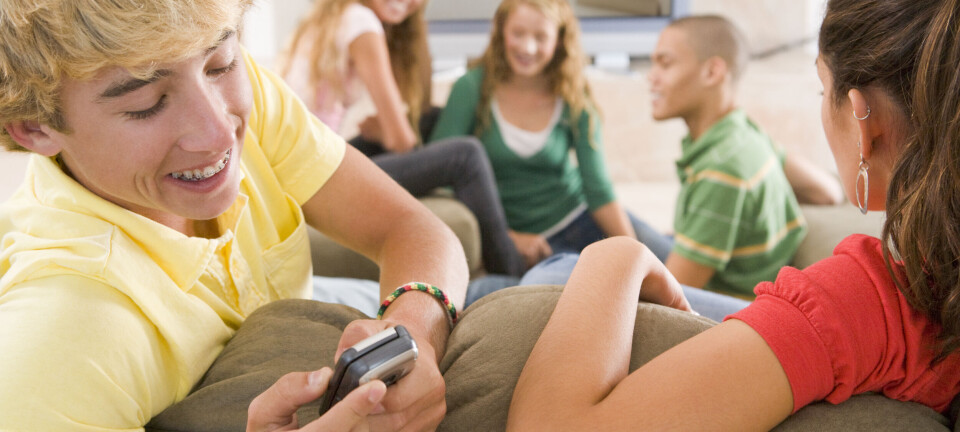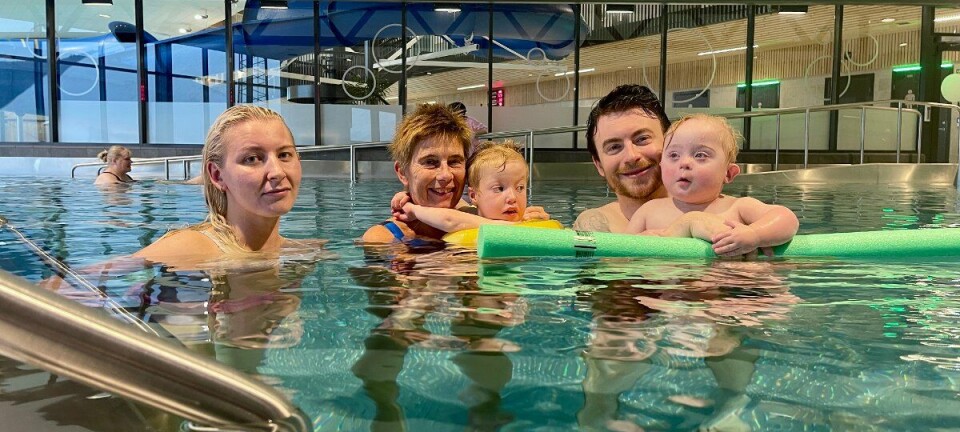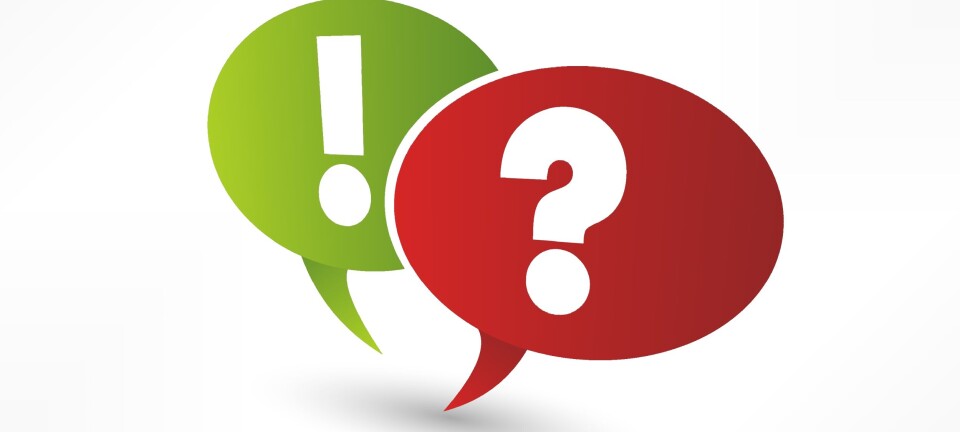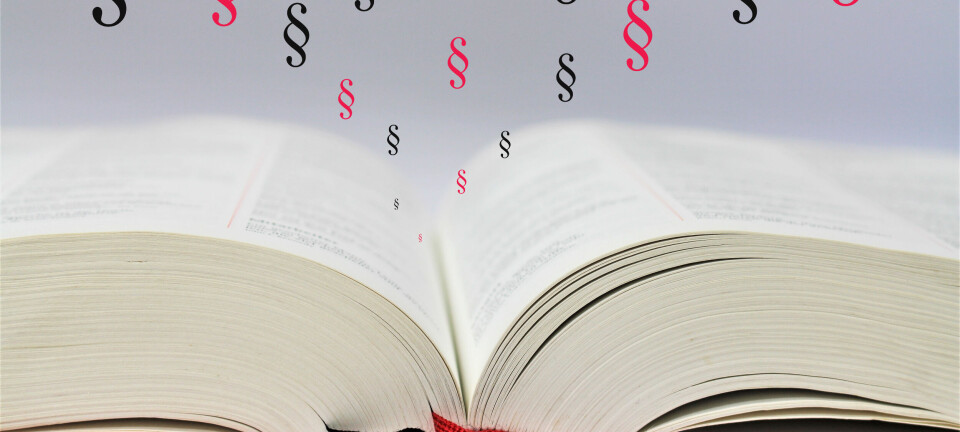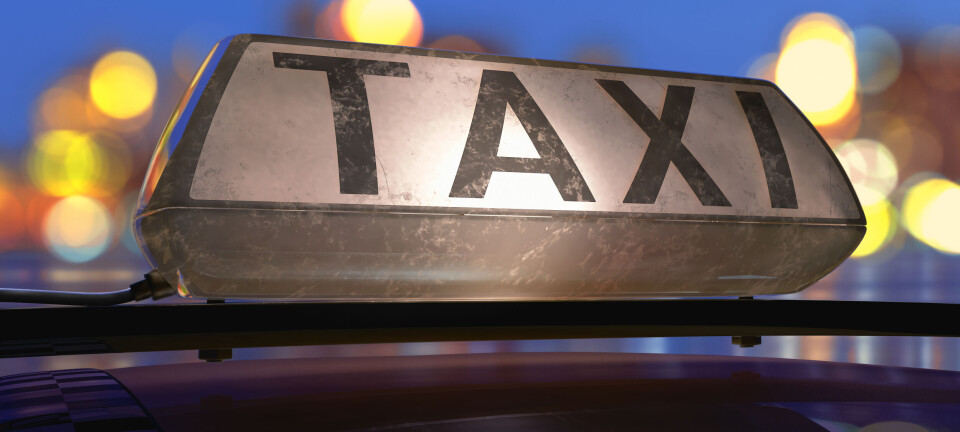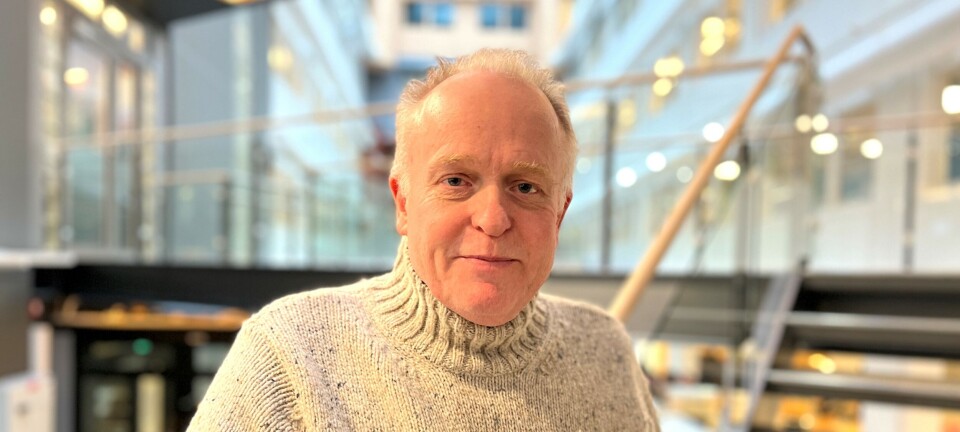Stroke and mirror therapy
Scientific article in Fysioterapeuten 7/2014.
Ingjerd Opheim, bachelor fysioterapeut, Institutt for ergoterapi, fysioterapi og radiografi, Avdeling for helse- og sosialfag, Høgskolen i Bergen. ingjerd.opheim@gmail.com.
Jette Bergfjord, bachelor fysioterapeut, Institutt for ergoterapi, fysioterapi og radiografi, Avdeling for helse- og sosialfag, Høgskolen i Bergen. jette.bergfjord@gmail.com.
Silje Mæland, fysioterapeut, PhD, Institutt for ergoterapi, fysioterapi og radiografi, Avdeling for helse- og sosialfag, Høgskolen i Bergen og Uni Research Helse, Bergen.
Abstract
Introduction: In Norway, 55.000 to 60.000 individuals have experienced one or more strokes. About two thirds of these have reduced function. Based on this we wanted to explore if mirror therapy, as a physiotherapeutic intervention, improves motor function in the upper limb in patients after stroke?
Main part: We searched in AMED, Cinahl, Cochrane, Embase, MEDLINE, PEDro. PubMed and SweMed 20.03.2013. The inclusion criteria were: randomized controlled trial, published after June 2011, evaluating the effect of mirror therapy on upper extremity motor function in patients after stroke. Two reviewers screened articles and extracted data. We identified three randomized controlled trials. Mirror therapy significantly improved motor function in the upper limb in two of the studies. In the third study no significant difference in change between the groups were observed.
Sum up: Mirror therapy should not substitute conventional rehabilitation, but should be considered as a supplement to improve motor function in the upper limb in patients after stroke.
Keywords: Mirror therapy, physiotherapy, stroke rehabilitation.
